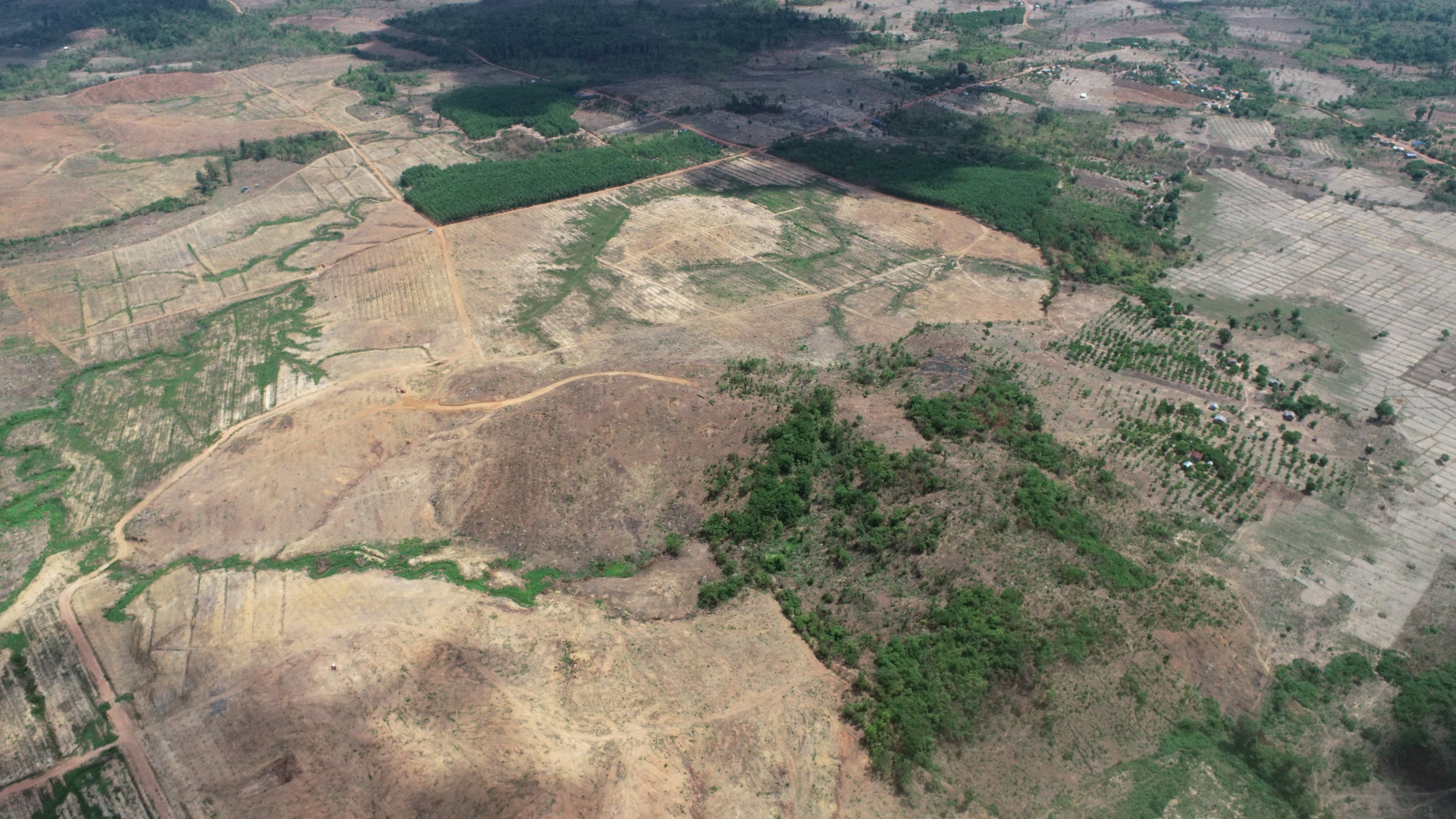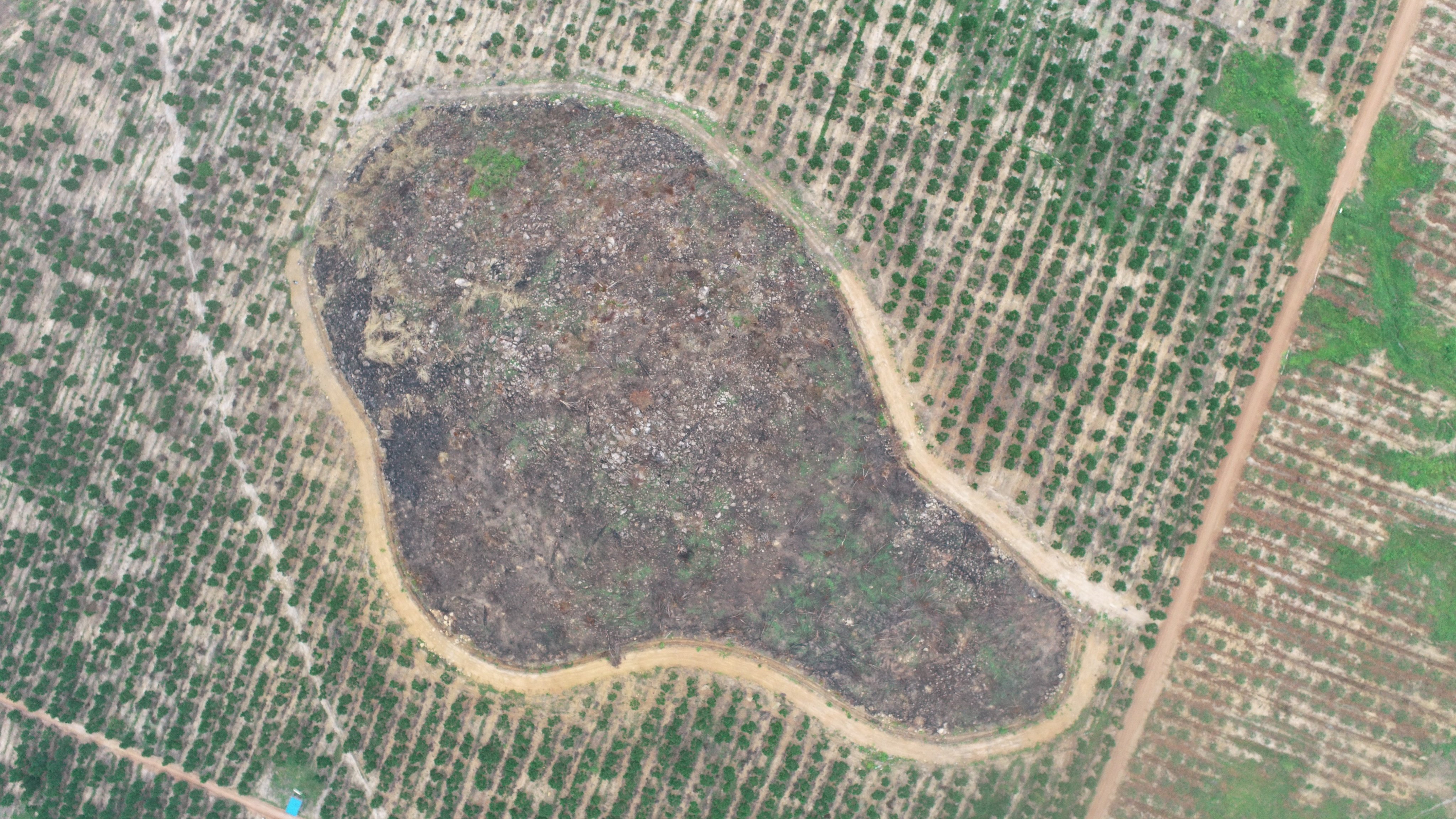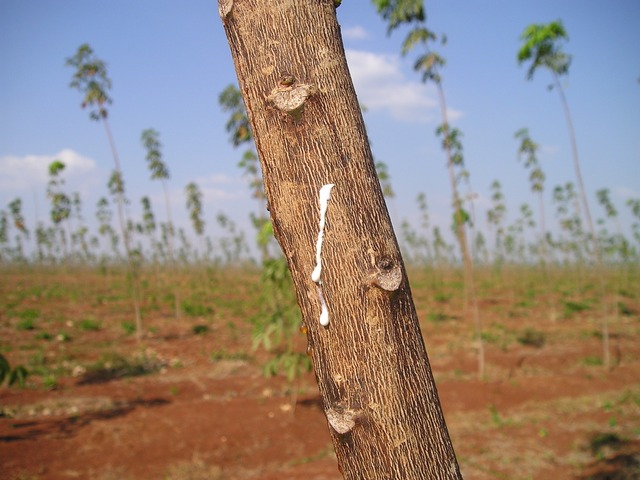- HAGL, a publicly listed Vietnamese agribusiness giant, is at the center of allegations it illegally cleared land in Cambodia that was earmarked for local indigenous communities.
- The International Finance Corporation’s independent complaints watchdog has been involved in the dispute since 2014, when residents of 17 villages in Cambodia’s Ratanakiri province lodged a complaint against an HAGL investor in Vietnam; HAGL unilaterally withdrew from the process in January 2019.
- In March last year the Cambodian government announced it would return more than 700 hectares of the HAGL concession to local indigenous groups.
- But satellite images obtained by Mongabay from investigators in Cambodia show that in March, at the height of the coronavirus outbreak in Cambodia, land in these areas was clear-cut or burned.
Hoang Anh Gia Lai, a publicly listed Vietnamese real estate, energy, mining and agribusiness giant, is at the center of recent allegations of clearing land in Cambodia that had been earmarked for local indigenous communities.
HAGL, as the company is known, is involved in a diverse range of business sectors, but is best-known in Cambodia for its sprawling rubber plantations, particularly in Ratanakiri province, a rural, poorly developed region that borders Vietnam’s Central Highlands.
According to a May 25 statement from Inclusive Development International (IDI), an NGO, in March HAGL cleared land that was meant to be returned to 12 indigenous communities in the area as part of a mediation process overseen by the World Bank-affiliated Compliance Advisor Ombudsman (CAO).
“While the communities waited for the official ratification of this land return by the Agriculture Ministry, which had been delayed due to COVID-19, the company bulldozed two spirit mountains, wetlands, traditional hunting areas and burial grounds,” the group said. “The clearances destroyed old-growth forest and caused irreparable harm to land of priceless spiritual value to the communities.”
Attempts to reach HAGL for comment were unsuccessful.
The land in question is located in four villages: Muoy, Inn, Mas and Kak. Satellite imagery provided to Mongabay by local investigators shows patches of land in these areas clear-cut or burned throughout March, at the height of the coronavirus outbreak in Cambodia, while photos from the ground portray a wasteland of dirt and tree stumps.

Mong Vichet, executive assistant director at the Highlanders Association, a Ratanakiri-based NGO focused on indigenous issues, explained the cultural importance of these lands in a phone interview with Mongabay.
“We connect to each other through the land,” Vichet said. “When the company destroys the land, it destroys the connection. The spirit forests are very important to indigenous people, as we are very poor. The spirit forests are our market; everything is there: wildlife, food, rivers, so we don’t need to buy anything.”
Ratanakiri has a large indigenous population, while indigenous people are estimated to make up at least 100,000 of Cambodia’s population of 16.3 million people.
The CAO, an independent complaints watchdog for the World Bank Group’s International Finance Corporation (IFC), has been involved in this issue since February 2014, when residents of 17 villages in Ratanakiri raised an official complaint against Vietnam Enterprise Investments Limited (VEIL), which had received $16.4 million in investment from the IFC.
VEIL was invested in HAGL at the time, and the village representatives raised “a range of environmental and social concerns about HAGL’s Cambodia operations, including impacts on water sources and fish resources, loss of land, lack of compensation” and much more, according to the CAO website.
This began an ongoing dispute-resolution process between HAGL, village representatives and NGOs including IDI and the Highlanders Association, overseen by the CAO. VEIL has since divested from HAGL.

In March 2019, the process resulted in the Ratanakari provincial government recommending to the Ministry of Agriculture, Forestry and Fisheries that 724.3 hectares (1,790 acres) should be reallocated from HAGL’s land concession in the area and returned to local communities.
According to a 2014 IDI report, HAGL’s concessions in Cambodia spanned 50,566 hectares (124,950 acres), or about five times the legal limit for a landholding company in the country. The Phnom Penh-based NGO Equitable Cambodia said that HAGL currently holds three concessions in Ratanakiri that are subject to the CAO-mediated process, covering 8,371 hectares (20,685 acres).
However, HAGL unilaterally withdrew from the process in January 2019, saying it wanted the central government in Phnom Penh to resolve the issue. A new complaint to the CAO from local communities followed, this time aimed at two Vietnamese banks, TP Bank and VP Bank, which had invested in HAGL as financial intermediaries of the IFC.
“IFC has no direct financial exposure to HAGL,” an IFC spokesperson said in response to an email regarding these connections. “IFC had raised with client banks its environmental and social safeguard concerns associated with HAGL, and the client banks had taken these concerns seriously.”
According to the spokesperson, VP Bank had no loans outstanding to HAGL as of June 2019, while TP Bank’s exposure to HAGL is limited to the conglomerate’s activities within Vietnam. Neither bank responded to a request for comment.

In response to the new allegations against HAGL, the spokesperson said: “We are taking these reports seriously and are in the process of verifying facts on the ground.”
HAGL rejoined the mediation process last October, and it seemed progress was being made on demarcating land for the villagers until the land clearance took place in March.
According to Eang Vuthy, executive director of Equitable Cambodia, this is not the first time Vietnamese corporations have been accused of land-related wrongdoings in the country.
“HAGL has also grabbed land in their other concessions, which have subsequently been transferred to other private companies,” he said in an email. “Vietnam Rubber Group (VRG) is another Vietnamese parent company which has been involved in massive land clearing for rubber plantations in Cambodia.
“It is well-known that the court system is not working and not at all able to deal with any complaints against government or big business; there is almost no conception of administrative law. So the answer is that they can do something legally, such as trying to take HAGL to court, but it is almost guaranteed to be completely ineffective … so in that sense, there is nothing practical that can be done legally.”
Feedback: Use this form to send a message to the editor of this post. If you want to post a public comment, you can do that at the bottom of the page.
Banner image: Sap oozes from a rubber tree in Cambodia. Photo courtesy of Simon Steinberger/Pixabay.
